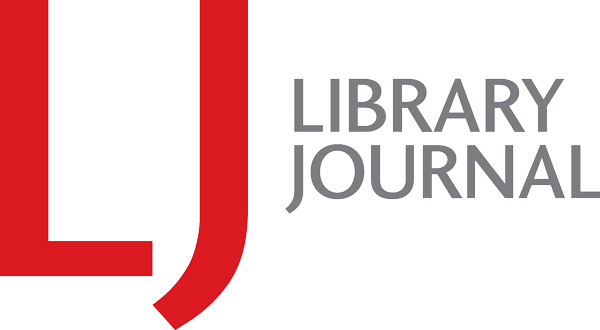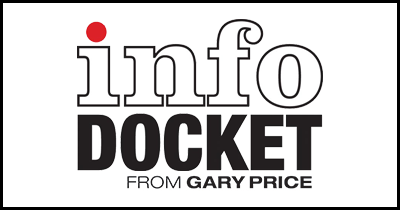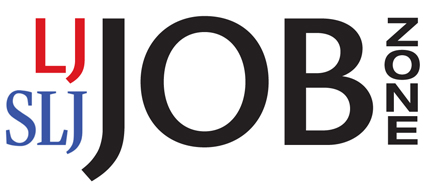New White Paper: Open For All: Exploring the Reach of Open Access Content to Non-Academic Audiences”
From Springer Nature:
The latest results of research carried out between Springer Nature, the Association of Universities in the Netherlands (VSNU) and the Dutch University Libraries and the National Library consortium (UKB), illustrates a substantial advantage for content published via the Gold OA route where research is immediately and freely accessible.
Since the UN’s Sustainable Development Goals (SDGs) were launched in 2015, researchers, their funders and other collaborative partnerships have sought to explore the impact and contribution of open research on SDG development. However – until now – it has been challenging to map, and therefore identify, emerging trends and best practice for the research and wider community. Through a bibliometric analysis of nearly 360,000 documents published in 2017 and a survey of nearly 6,000 readers on Springer Nature websites, the new white paper, Open for All, Exploring the Reach of Open Access Content to Non-Academic Audiences shows not only the effects of content being published OA but more importantly who that research is reaching.
Key findings
- Research to support the SDGs and published Gold OA is used more and receives greater attention. Documents published immediately Gold OA under a hybrid model have on average 4.4 times as many downloads and are shared more often, receiving more attention than subscription content receiving a 2.1 times higher average altmetric attention scores than subscription content in the same journals.
- OA significantly benefits non-academic audiences and is reaching a substantial number of user groups outside of academia – from the reader survey on the Springer Nature platforms, approximately 40% of readers surveyed were classified as non-academic audiences, including 15% “Halo” users (likely to be reading research for professional purposes but not conducting or publishing research themselves) and 28% “General” users (likely to be reading out of personal or professional interest but outside of a role where conducting, publishing or citing research is typical).
- Non-academic audiences are more likely to share findings – where core academic audiences are most likely to cite or reference the content they read, the Halo and General segments are more likely to share documents with others. This is significantly easier where the content is OA due to the access limitations faced by non-academic audiences to this content.
Direct to Full Text White Paper
Direct to Complete News Release
Direct to Data Dashboard
Filed under: Dashboards, Data Files, Journal Articles, Libraries, National Libraries, News, Open Access, Patrons and Users, Publishing, Springer Nature
About Gary Price
Gary Price (gprice@gmail.com) is a librarian, writer, consultant, and frequent conference speaker based in the Washington D.C. metro area. He earned his MLIS degree from Wayne State University in Detroit. Price has won several awards including the SLA Innovations in Technology Award and Alumnus of the Year from the Wayne St. University Library and Information Science Program. From 2006-2009 he was Director of Online Information Services at Ask.com.


